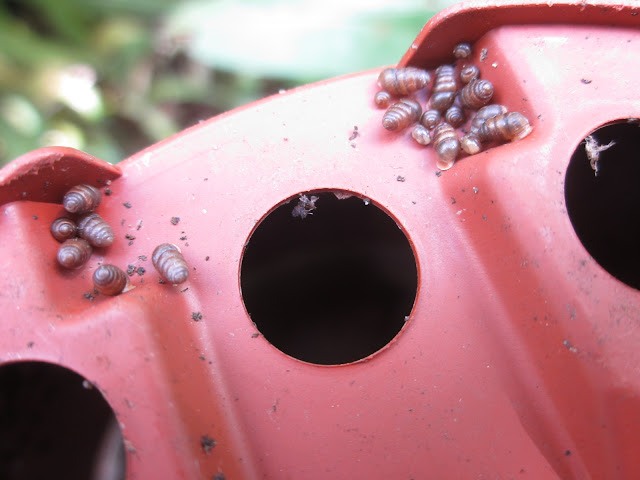A prince amongst quince
I'm exhibiting my first ever quince for all the world to see 💛 I've had the tree for years and I've monitored it carefully previously for any signs of flowers or fruit; then I threatened its days in my garden as numbered many times when none appeared; so of course the year when I've ignored it completely is the time when it presents me with one solitary fruit. Naturally, it is truly a prince amongst all quince. I made the discovery when harvesting the figs, which have gone bonkers this year and screened off the quince tree from the rest of the garden. Perhaps that's the secret to success? At first I had quite a time deciding whether it was ripe, but that initial lime green I saw has now morphed into a wonderful warm yellow and a fruity fuzziness that tells me it's time. Now what shall I make with it? 🤔 Your ideas are welcome... You may also like: I've just fished out the link to my recipe for poached quince , which in turn links to my recipe for quince tar...











Oh they're pretty. Will they grow up to be huge hosta-eating snails though..?
ReplyDeleteVery cute..... but also grrr snails :)
ReplyDeleteCJ - I'm intrigued by them. They look very much like the tiny freshwater snails I'm used to seeing when I do stream survey work. But which of the familiar ones in the garden do they grow up to be? I'm sure they'll like my hostas though!
ReplyDeleteGaz - yes they are! But half an hour later they'd disappeared :/
They certainly are different from the baby snails in my garden, which have pretty flat shells. Perhaps you're about to become a site of special scientific interest!
ReplyDeleteWhy do babies of any species look so cute?
ReplyDeleteWhat was their fate?
Did they live to see another day or did you despatch them?
Helen - we nearly moved to North Wales a few years ago and the house I liked the look of did have a SSSI in its garden!
ReplyDeleteDobby - they simply crawled away! I'm trying to find out what they were because they're unlike the usual garden snails we see and they look much more like freshwater snails.